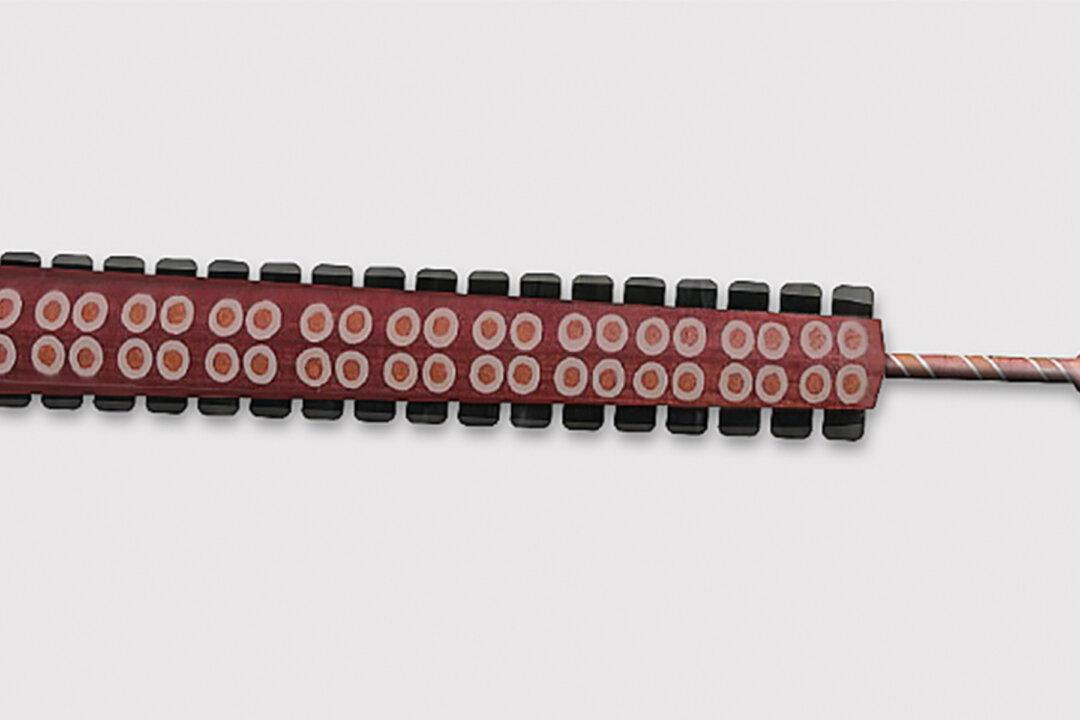The Spanish conquerors of the 16th century were met by the sophisticated Aztec culture when they first landed on the shores of Mexico. The Europeans’ steel weapons and armor and their horses allowed them to dominate the natives. Yet, the Aztec warrior culture wielded a unique weapon of their own that struck fear in the hearts of the conquistadors: the macahuitl.
The Spanish were familiar with some of the natives’ implements of war: bows and arrows, spears, clubs, and shields. The macahuitl delivered a shock to the Europeans.






